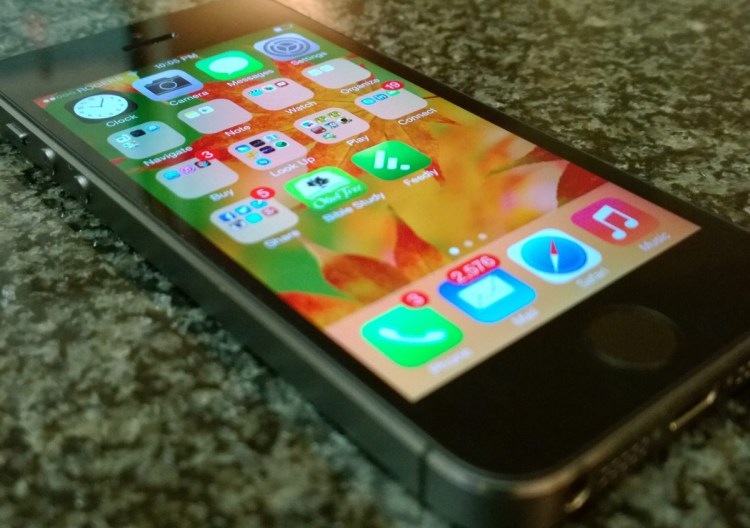As smartphones get larger, the company that pioneered the modern smartphone — Apple — is rushing to keep up.
Many Apple-watchers expect a larger-screen iPhone sometime this year, but will that wreak havoc on the huge library of apps built for the current resolution?
“Apple has taken great care [with new iPhones] so there is minimal work for developers to support new screens,” Current Analysis analyst Avi Greengart told VentureBeat.
One way Apple has kept a lid on the disruption caused by implementing new screen sizes, he pointed out, is by occasionally multiplying the screen resolutions in both dimensions.
That’s the approach that 9to5Mac expects Apple to take. The publication pointed out today that some observers speculate the iPhone’s interface could be stretched to a larger screen that keeps the same resolution of 1,136 x 640 pixels.
“This approach,” the site said, “would allow all iOS software and App Store apps to function normally on the iPhone 6 without work from developers.” But this would also mean the display’s pixel density would be lower than Retina-quality, which Steve Jobs defined as 300 or more pixels per inch (ppi) for a smartphone.
The insider site’s sources, “familiar with the testing of at least one next-generation iPhone model,” instead point to a new iPhone display with a pixel-tripling (3X) mode.
This will triple the “base resolution” of 568 x 320 (1,136 x 640 is twice this), resulting in a 1,704 x 960 resolution for the Apple iPhone 6. This will essentially increase the current resolution of 1,136 x 640 by 150 percent, and would keep the same 16:9 screen ratio found on iPhones 5, 5s and 5c.
On a possible 4.7-inch screen, the ppi would be 416; on a 5.5-inch, 356 ppi. The iPhone 5s and 5c have 4-inch screens; the 4s’ is 3.5-inches.
Unoptimized iPhone 5 apps could look blurrier when run on an iPhone 6 with the increased resolution, unless they utilize scaleable vector graphics. New tools from Apple may be in the works to help developers scale their apps with less hassle.
“Getting bigger” is clearly the trend for smartphones. According to a new report from market research firm Canalys, slightly more than a third of all smartphones sold worldwide in first quarter had five inch and larger screens. For smartphones with an unlocked price of US $500 or more, 5-inch+ screens represented nearly half.
“Consumers now expect high-end devices to have large displays, and Apple’s absence in this market will clearly not last long,” the research firm said in a statement.
But how big will smartphones grow? Current Analysis’ Greengart told us that “there is a definite limit to [their] portability, since they need to fit into your pocket.”
When reminded that some of our species occasionally wear garb without pockets, he revised the upper size limit as “having to fit into a purse.”
Which means we still have quite a ways to go in screen size.
VentureBeat's mission is to be a digital town square for technical decision-makers to gain knowledge about transformative enterprise technology and transact. Learn More

